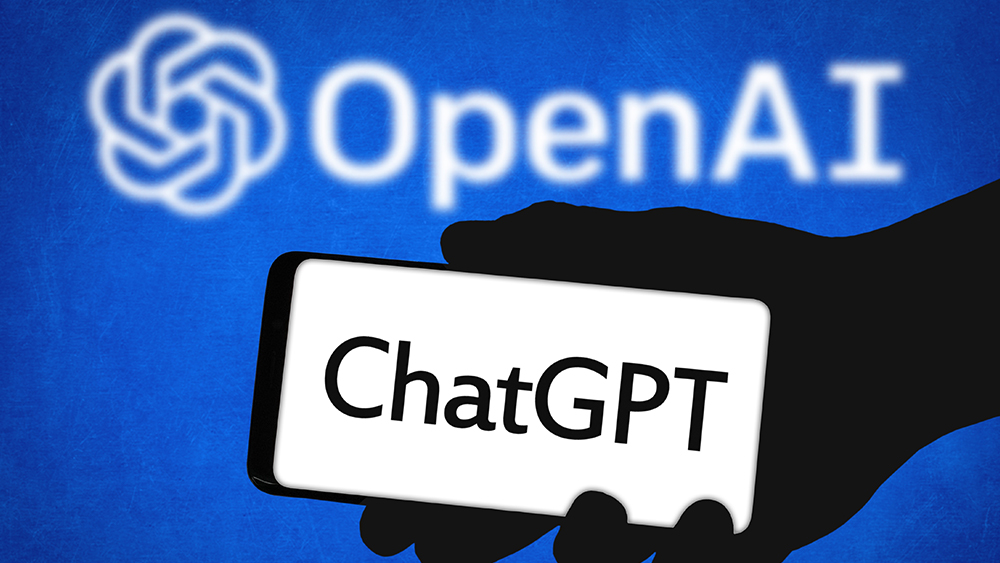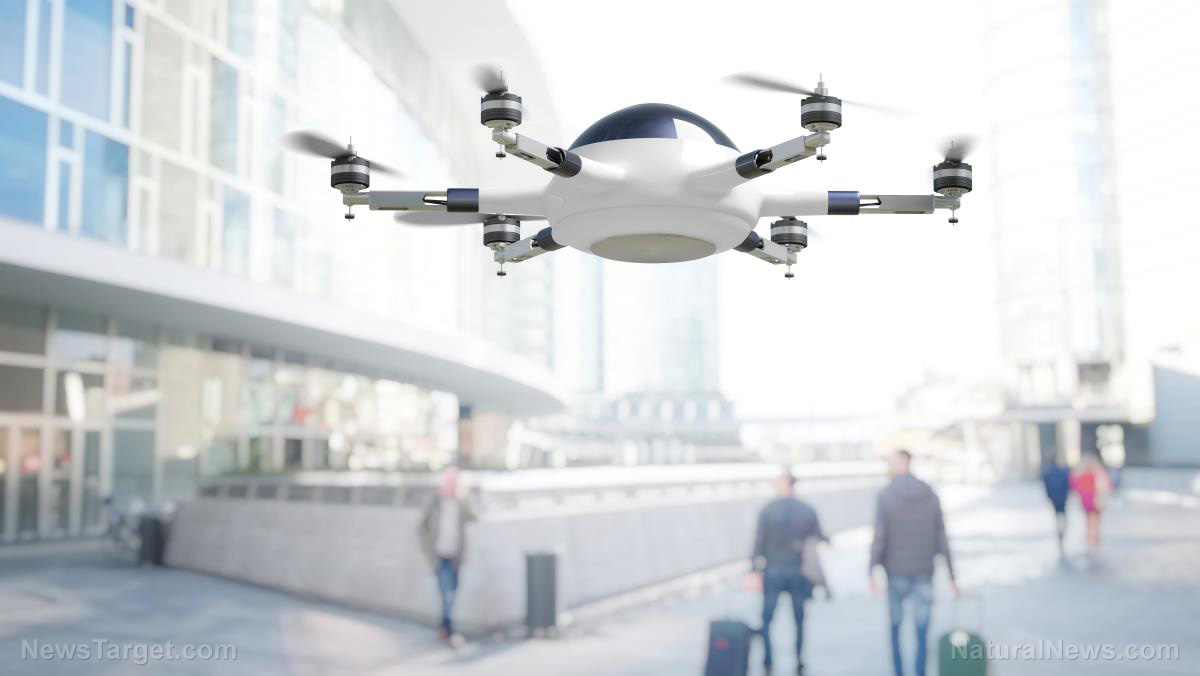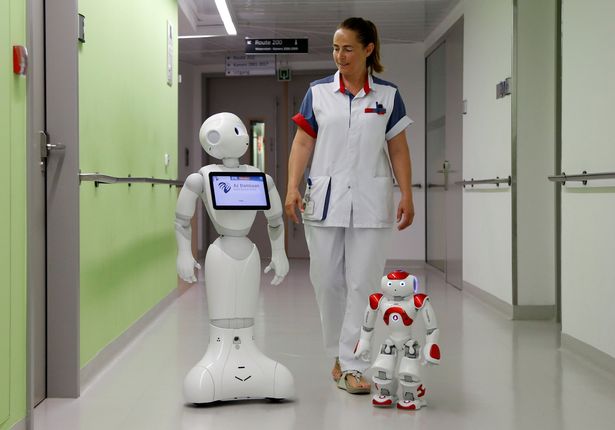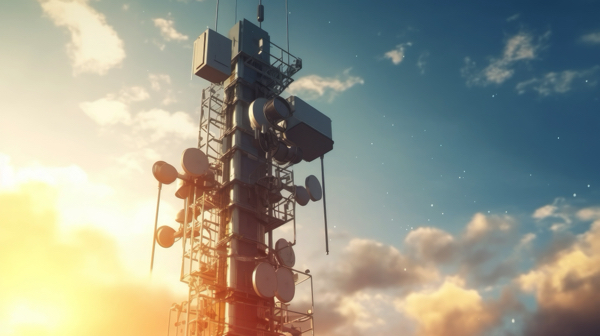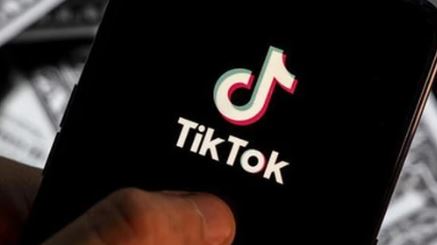AI, AI and even more AI: Nvidia announces projects and products lined up for 2025
01/08/2025 / By Arsenio Toledo
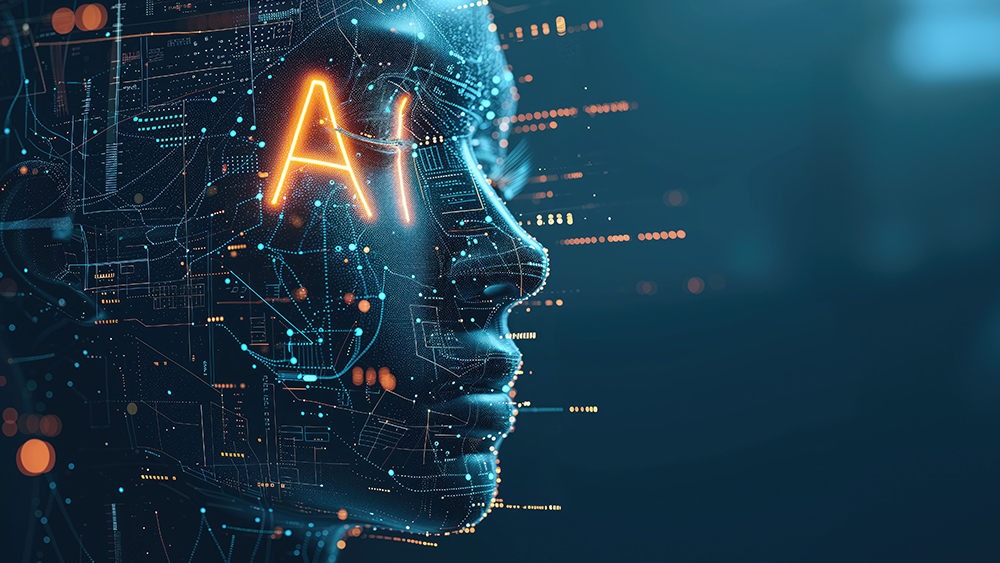
- Nvidia CEO Jensen Huang unveiled the company’s AI-driven vision at CES 2025, emphasizing AI’s role in uniting technology and humanity across industries like robotics, autonomous vehicles, and gaming.
- Nvidia introduced Agentic AI, a system of AI models designed to act as digital employees, automating complex tasks and improving efficiency in sectors like healthcare and engineering.
- The Isaac GROOT Blueprint platform enables training humanoid robots using Apple’s Vision Pro, while Nvidia Cosmos simulates real-world environments for AI training, bridging the gap between virtual and physical applications.
- Nvidia launched Project Digits, a desktop AI supercomputer powered by the GB10 Grace-Blackwell Superchip, offering petaflop-level performance for developers and researchers.
- Nvidia unveiled the GeForce RTX 50 series GPUs, doubling gaming performance, and announced a partnership with Toyota to integrate its Thor AI processor into next-gen autonomous vehicles, signaling a major leap in self-driving technology.
Jensen Huang, CEO of tech giant Nvidia, took the stage at the Consumer Electronics Show (CES) 2025 to unveil the company’s sweeping vision for the coming year – one that is powered by artificial intelligence.
In his keynote address, Huang highlighted Nvidia’s growing influence across industries, from cutting-edge robotics to autonomous vehicles and next-generation gaming hardware.
Huang’s presentation, delivered to a packed audience in Las Vegas, emphasized Nvidia’s role as a leader in AI innovation.
“AI isn’t just advancing; it’s uniting us,” Huang said, echoing the event’s theme of technology and humanity intersecting. “Today’s challenges demand bold solutions, and CES is where they start to take shape.”
Nvidia announces new line of AI products and projects
One of the standout announcements was the introduction of Agentic AI, a system of AI models designed to assist in industries ranging from healthcare to engineering. These AI agents, Huang explained, will act as digital employees, capable of reasoning, planning and executing tasks.
“AI agents are the new digital workforce,” he said, showcasing how these systems could revolutionize industries by automating complex processes and improving efficiency.
Nvidia also unveiled its Isaac GROOT Blueprint, a platform for training humanoid robots. Using Apple’s Vision Pro headset, developers can teach robots to perform tasks by simulating real-world scenarios in a virtual environment.
“The ChatGPT moment for general robotics is just around the corner,” Huang predicted, signaling a future where robots could work alongside humans in factories, warehouses and even homes.
Another major reveal was Nvidia Cosmos, a platform designed to simulate real-world environments for training AI systems. Cosmos uses world foundation models to generate synthetic data, enabling developers to create and test AI-driven solutions without the need for costly physical prototypes. (Related: Nvidia unleashes super computer AI robots that will “learn” how to navigate and control the physical world.)
“Cosmos is the world’s first physical AI foundation model,” Huang said, explaining how the platform could be used to train autonomous vehicles, robots and other AI-driven systems.
By generating realistic simulations of driving scenarios, weather conditions, and industrial environments, Cosmos aims to bridge the gap between virtual and real-world AI applications.
Similarly, Nvidia also introduced Project Digits, a desktop AI supercomputer powered by a “superchip” – the GB10 Grace-Blackwell Superchip. The compact system, which packs a petaflop of computing power, is designed to bring high-performance AI capabilities to researchers, developers, and creative professionals.
“This is an AI supercomputer that sits on your desk,” Huang said, showcasing the sleek device. “It’s like having a cloud supercomputer at your fingertips.” The GB10 chip, a smaller version of Nvidia’s flagship GB200 platform, combines a Blackwell graphics processing unit (GPU) with a Grace central processing unit to deliver unparalleled performance for AI workloads.
Nvidia also announces new line of computer GPUs, entry into autonomous vehicles research
While AI dominated the keynote, Nvidia also reaffirmed its commitment to gaming, unveiling the GeForce RTX 50 series of graphics cards. The flagship RTX 5090 promises twice the performance of its predecessor, the RTX 4090, while the entry-level RTX 5070 is said to match the 4090’s capabilities thanks to advancements in Nvidia’s DLSS (Deep Learning Super Sampling) technology.
“Gaming is where Nvidia began, and it remains a core part of who we are,” Huang said, highlighting the company’s continued focus on delivering cutting-edge graphics and immersive experiences for gamers.
Nvidia’s advancements in autonomous vehicles were also a focal point. Huang announced a partnership with Toyota to integrate Nvidia’s AI systems into the automaker’s next-generation vehicles. The collaboration will leverage Nvidia’s Thor processor, a powerful AI chip designed for autonomous driving.
“The autonomous vehicle revolution has arrived,” Huang declared, predicting that the industry could become the first multi-trillion-dollar robotics sector. The Thor processor, which offers 20 times the performance of its predecessor, is already in full production and is expected to power a new wave of self-driving cars and trucks.
Watch this clip from Yahoo Finance discussing the tech trends to watch out for in 2025, and why Nvidia is at the center of it all.
This video is from the TrendingNews channel on Brighteon.com.
More related stories:
AI data centers are straining the grid – and your home appliances are paying the price.
Apple to compete with NVIDIA, develop AI server chip named “Baltra.”
Sources include:
Submit a correction >>
Tagged Under:
Agentic AI, AI, artificial intelligence, Big Tech, breakthrough, computing, cyberwar, future tech, Glitch, information tech, inventions, Isaac GROOT Blueprint, Jensen Huang, NVIDIA, Nvidia Cosmos, robotics, robots, tech giants, technocrats
This article may contain statements that reflect the opinion of the author
RECENT NEWS & ARTICLES
COPYRIGHT © 2017 CYBER WAR NEWS

